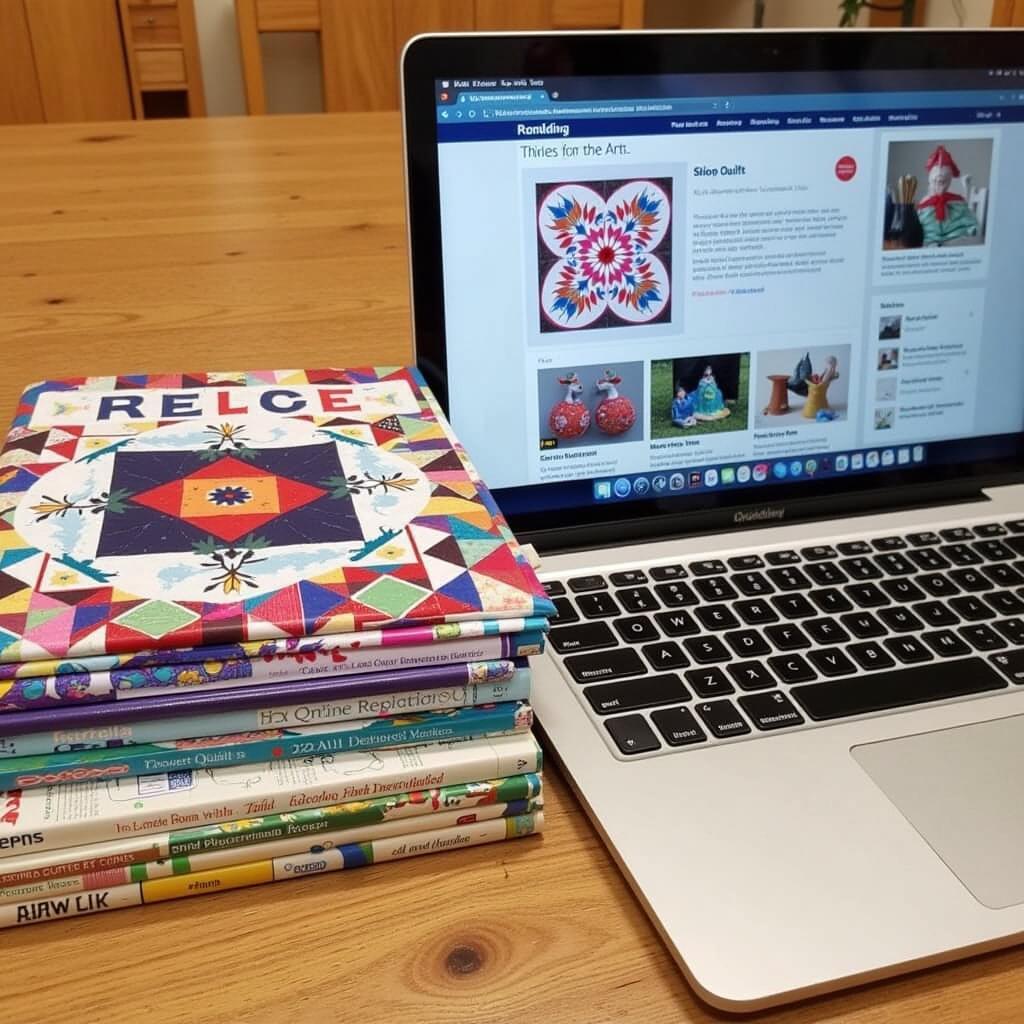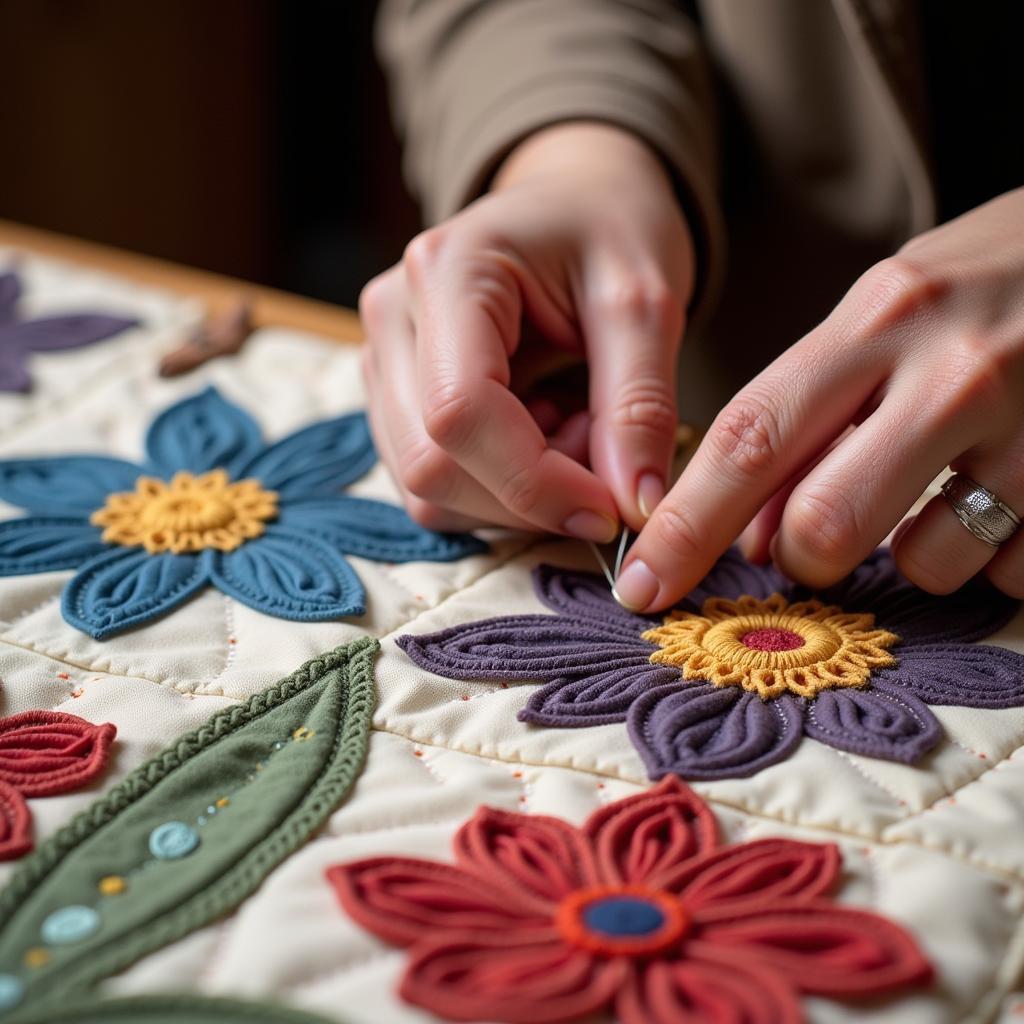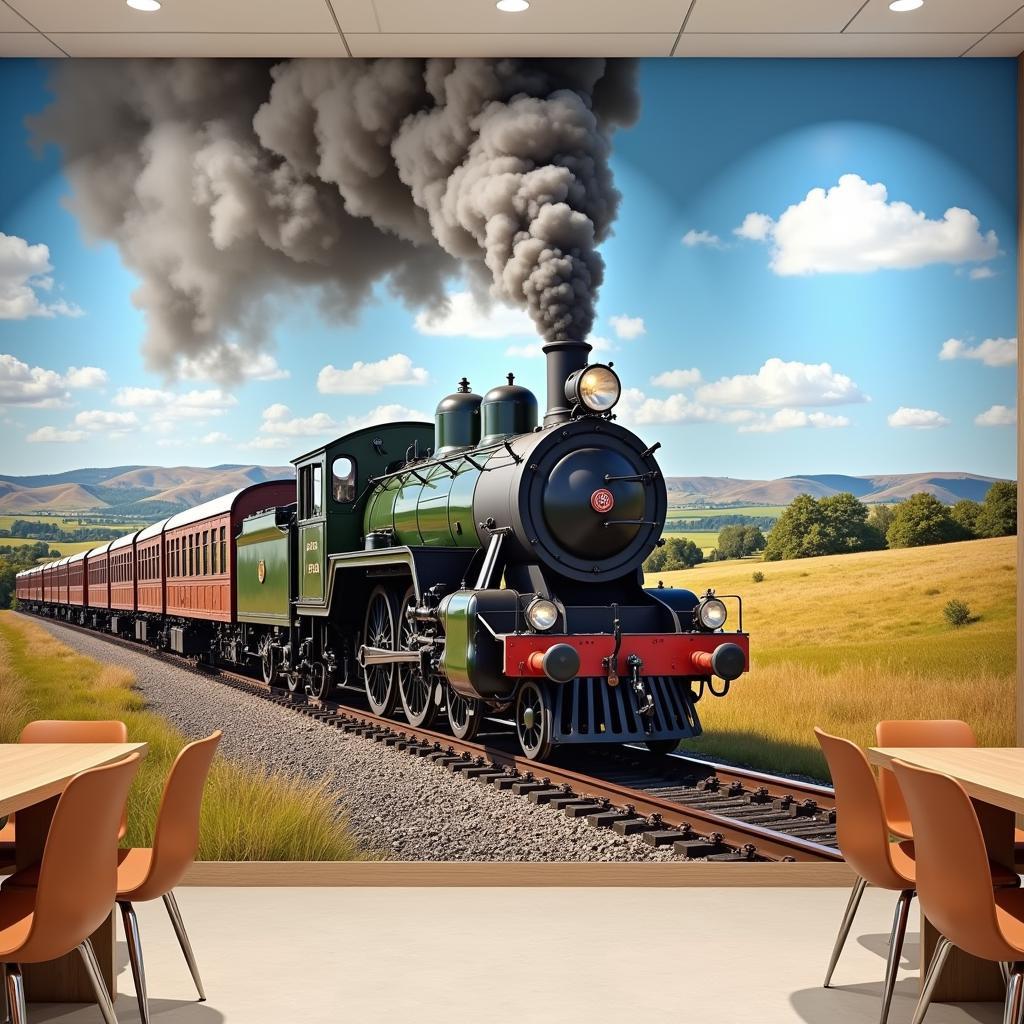Exploring the Timeless Beauty of Folk Art Quilt Patterns
Folk Art Quilt Patterns offer a captivating glimpse into the rich history and cultural heritage of quilting traditions. These patterns, passed down through generations, are more than just designs; they are stories stitched in fabric, reflecting the lives, beliefs, and artistic expressions of the people who created them. From simple geometric shapes to intricate floral motifs, folk art quilts embody a timeless beauty and offer a unique connection to the past. Check out our folk art quilt for more inspiration.
The History and Significance of Folk Art Quilts
Folk art quilts emerged from a practical need for warmth and comfort, evolving into a powerful form of artistic expression. Early quilt makers often used scraps of fabric, creating improvisational designs that reflected their resourcefulness and creativity. These quilts became cherished heirlooms, imbued with personal meaning and familial significance. Different cultures and communities developed their own distinctive folk art quilt patterns, creating a diverse tapestry of quilting traditions.
These patterns often symbolized important aspects of life, such as nature, family, or faith. For example, the “Tree of Life” pattern represented growth and prosperity, while the “Double Wedding Ring” pattern symbolized love and commitment. Folk art quilts also served as a form of storytelling, with each stitch and pattern conveying a unique narrative.
Common Folk Art Quilt Patterns and Their Meanings
Several iconic folk art quilt patterns continue to inspire quilters today. The “Log Cabin” pattern, with its alternating light and dark strips, represents the warmth and security of home. The “Dresden Plate” pattern, with its radiating petals, evokes the beauty of nature. And the “Pinwheel” pattern, with its dynamic swirling design, symbolizes energy and movement. Understanding the meaning behind these patterns adds a layer of depth and appreciation to the artistry of folk art quilts.
Many of these patterns are surprisingly simple to construct, making them accessible to quilters of all skill levels. The “Nine Patch” pattern, for instance, is a classic beginner-friendly design that can be easily adapted to create a variety of unique variations. Exploring these simple yet beautiful patterns is a fantastic starting point for anyone interested in delving into the world of folk art quilting.
How to Incorporate Folk Art Quilt Patterns into Modern Quilting
Folk art quilt patterns can be seamlessly integrated into modern quilting projects. Whether you’re creating a traditional bed quilt or a contemporary wall hanging, these patterns offer endless possibilities for creative expression. You can combine traditional folk art patterns with modern fabrics and color palettes to create a unique and updated look. Or you can use folk art motifs as inspiration for your own original designs. The possibilities are endless, and the results are always beautiful and meaningful.
Consider exploring resources like enchanted fabric art for additional inspiration and techniques to elevate your folk art quilting projects.
Where to Find Inspiration and Resources for Folk Art Quilting
Numerous resources are available for those seeking to explore folk art quilting. Books, online tutorials, and museum collections offer a wealth of information and inspiration. Connecting with local quilting guilds and communities can also provide valuable insights and opportunities for learning and sharing. Exploring historical quilt collections and patch art can offer invaluable insights into the evolution and diversity of folk art quilt patterns.
 Folk Art Quilt Pattern Resources: Books and Online Tutorials
Folk Art Quilt Pattern Resources: Books and Online Tutorials
Reviving Traditional Techniques in Folk Art Quilting
While modern quilting techniques and tools can be incredibly useful, there’s something undeniably special about reviving traditional hand-quilting methods. These techniques, passed down through generations, offer a unique connection to the history and artistry of folk art quilting. Hand-quilting allows for intricate detailing and a personal touch that can’t be replicated by machine. Embracing these traditional techniques adds a layer of authenticity and soul to your folk art quilts. You might find inspiration in unexpected places, like exploring the world of art deco quilts.
For a more rustic aesthetic, consider visiting a country art house. These venues often showcase traditional crafts and can provide a deeper understanding of the cultural context of folk art quilting.
 Folk Art Quilt Hand-Quilting Techniques
Folk Art Quilt Hand-Quilting Techniques
Expert quilter, Eleanor Roosevelt Vance, emphasizes this connection: “Hand-quilting is like a conversation with the fabric, each stitch a word whispered into the story of the quilt.” Another respected figure in the quilting world, Samuel Quincy Adams, adds: “Folk art quilts are not simply decorative objects; they are tangible expressions of cultural heritage.” And finally, esteemed textile historian, Abigail Williams, notes: “The beauty of folk art quilts lies in their simplicity and authenticity, reflecting the lives and artistry of the makers.”
In conclusion, folk art quilt patterns offer a timeless and captivating journey into the heart of quilting traditions. From their historical significance to their diverse meanings and modern applications, these patterns continue to inspire and enchant quilters around the world. Exploring the beauty of folk art quilting is a journey of discovery, connecting us to the past while sparking our own creative expression. So, pick up your needle and thread, and let the stories of these beautiful patterns unfold in your own hands.
FAQ
- What are the most common folk art quilt patterns? Some popular patterns include Log Cabin, Dresden Plate, Pinwheel, and Nine Patch.
- Where can I find folk art quilt patterns? You can find patterns in books, online tutorials, and museum collections.
- What is the significance of folk art quilts? They represent cultural heritage, family history, and artistic expression.
- Can I use modern fabrics with folk art patterns? Absolutely! Combining traditional patterns with modern fabrics creates a unique and updated look.
- What are the benefits of hand-quilting? Hand-quilting adds a personal touch and intricate detail that cannot be replicated by machine.
If you need any assistance, please contact us at Phone Number: 02462573573, Email: danteum@gmail.com or visit us at Savico Megamall, 7-9 Đ. Nguyễn Văn Linh, Gia Thụy, Long Biên, Hà Nội 10000, Việt Nam. We have a 24/7 customer support team.


